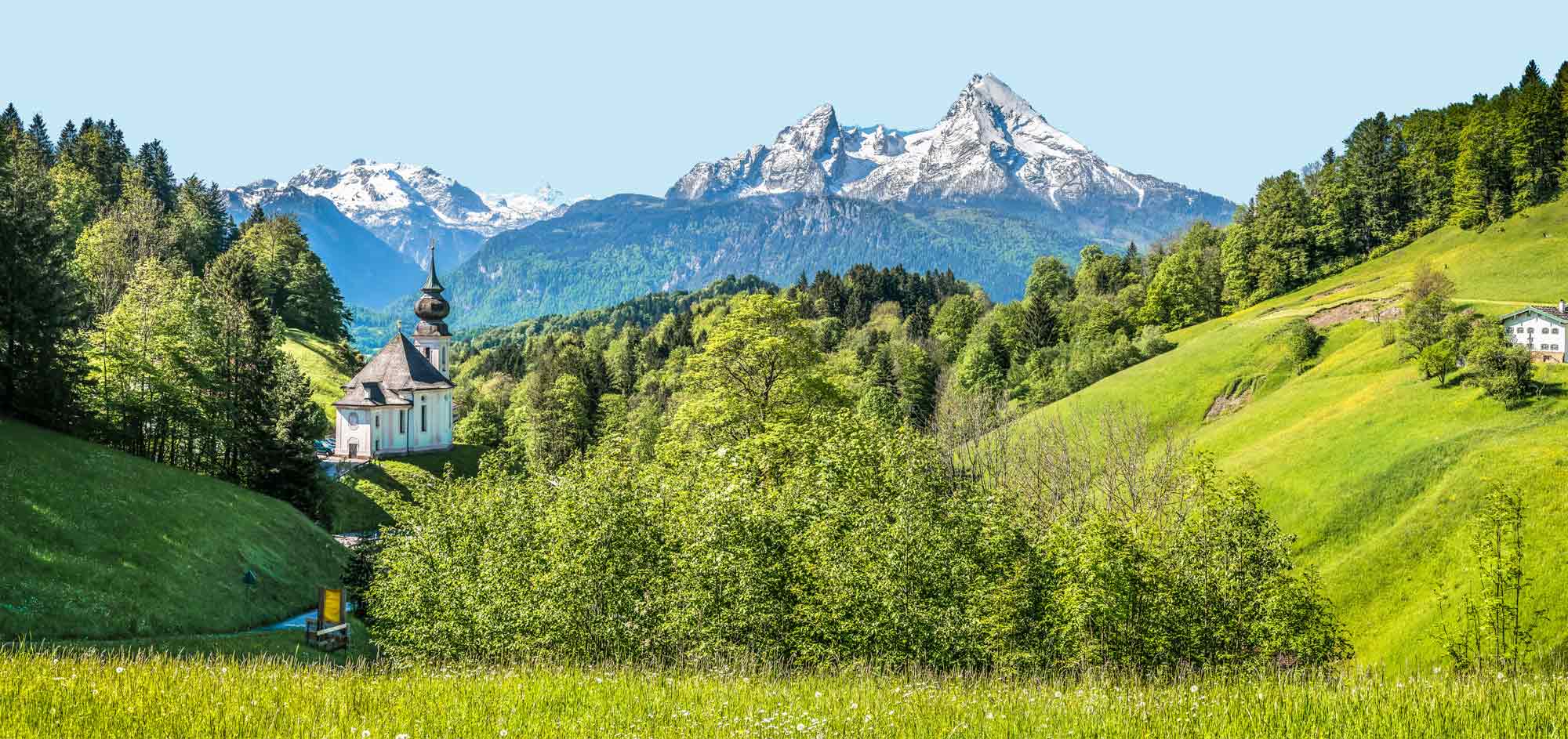"The BRDM-2 (stands for "Armored Reconnaissance Patrol Vehicle" in Russian) is an amphibious armored reconnaissance vehicle with all-wheel drive (4x4) that was developed in the USSR in the early 1960s and built from 1966 to 1987. It was created to replace the BRDN-1, which was already in large numbers and was built from 1957 to 1966. In addition to increased performance and mobility, improvements to the new model included heavier armament (a 14.5 and a 7.62 mm MG), an NBC protection system and the installation of night vision devices and a navigation system. The wheeled tank was designed for a crew of four (commander, driver, gunner and loader). The vehicle, which weighed 7.0 t in the basic configuration, was powered by a 4- or 8-cylinder diesel engine with 103 kW/140 or 107 kW/145 hp, which was able to accelerate the BRDM-2 with the factory designation GAZ-41-08 on the road to 95 or 110 km/h. The 290-liter fuel tank located in the rear part of the hull - like the engine - gave the wheeled armored vehicle an autonomy of a remarkable 700 to 1,000 km. The turret, which has no hatch, is identical to that of the BTR-60PB infantry fighting vehicle. The BRDM-2 was built with various weapon systems and exported to many "socialist" countries. This was also the case from 1966 to 1988 in the GDR, but these vehicles were equipped with a V8 gasoline engine (GAS-41) with water cooling and 103 kW/140 hp of power. In the National People's Army (NVA) it was mainly used as an infantry fighting vehicle 40P2 (SPW-40P2). The conversion of a certain number of vehicles into platoon and company commander vehicles (SPW-40P2 K) or detector and courier vehicles (SPW-40P2 M/F) was carried out in the NVA workshops. Command vehicles without turrets were circulated under the designation SPW-40P2 UM. In addition, there were a number of other special designs."
